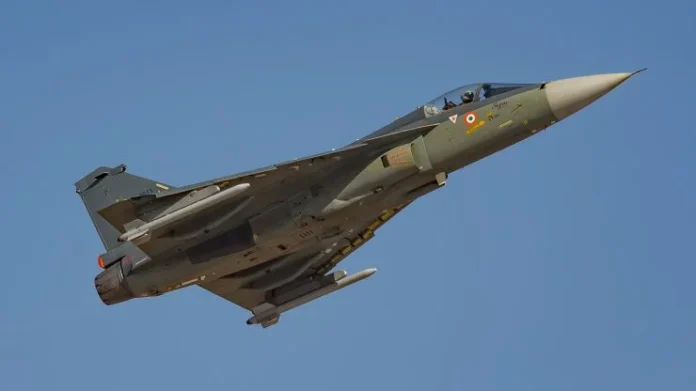New Delhi: In the complex realm of modern aerial warfare, India’s looming decision on fifth-generation fighter jet procurement boils down to a crucial calculus: whether state-of-the-art American technology justifies paying double the sticker price — and much more in long-term costs — compared to Russian alternatives.
This debate is sharpening as the Indian Air Force (IAF) moves to fill acute capability gaps vis-à-vis regional adversaries, notably China and Pakistan, and as part of its ambitious MRFA (Multi-Role Fighter Aircraft) programme, which envisions acquiring up to 114 advanced jets for over $20 billion.
The Lockheed Martin F-35 comes with an upfront unit price of $80–110 million, depending on variant and negotiated package. Its lifetime operational cost, factoring in maintenance, upgrades, and spare parts, is estimated to soar above $1.5 trillion for the entire programme. In contrast, the Russian Sukhoi Su-57 is offered at around $35–40 million apiece — less than half the F-35’s up-front cost and a fraction of its projected lifecycle expenditures.
This pricing gap is not just about cheaper materials or outdated tech; it represents two divergent philosophies. The US models, especially the F-35, are engineered for unparalleled stealth, networked warfare, and sophisticated sensor fusion, making them not just platforms for air dominance but mobile data hubs for the battlespace. Their advanced avionics, software ecosystems, and computer-intensive logistics systems (like ALIS/ODIN) add to cost and complexity.
Meanwhile, Russian jets like the Su-57 are direct heirs of Soviet design: rugged, relatively simple to maintain, and prioritising agility, mechanical robustness, and cost-effective mass production for conflict conditions. Substantial government subsidisation of Russian defence manufacturers further drags down the sticker price.
F-35 Lightning-II is the gold standard for stealth and information superiority. It can act as a command node in network-centric warfare, integrating data from ground, air, and naval assets. Its sensors like the DAS (Distributed Aperture System) and advanced helmet-mounted display give pilots unrivalled situational awareness, though it sacrifices some classic manoeuvrability for stealth and electronics dominance. In joint operations and integration with the West and NATO, the F-35 is unmatched.
Su-57 seeks to blend some stealth features with impressive speed, manoeuvrability (thanks to thrust-vectoring nozzles and digital fly-by-wire), and raw firepower. Its radar suite, including multiple AESA arrays and specialised IR sensors, boasts solid detection capabilities, and it can super-cruise at speeds comparable to or exceeding its Western counterparts. However, Russian claims of “fifth-generation” parity face scepticism due to quality control issues, low production runs, and a less advanced stealth profile. Still, its dogfighting agility and ability to carry heavy ordnance make it formidable.
Dassault Rafale, already in Indian service, exemplifies a middle ground: not stealth-centric but versatile, agile, and easy to maintain with proven combat record, lower operational costs, and easier integration into IAF systems.
India’s procurement strategy is shaped by more than technical parameters. Historically reliant on Russian aircraft, the IAF already fields large numbers of Su-30MKIs. Adding the Su-57 would mean continuity in training, logistics, and doctrine. Russia is also willing to offer technology transfers, local production, and has fewer restrictions on end-use.
On the other hand, the F-35 brings the world’s most advanced war fighting technologies and opens doors for future Western collaboration, including interoperability with US and allied assets in the Indo-Pacific. But it comes with political sensitivities, possible strings attached, more complex logistics, and a much higher long-term bill.
The F-35 delivers a quantum leap in stealth, sensor fusion, and battlefield awareness, but its cost is prohibitive and its maintenance challenging for countries without deep pockets and sophisticated logistics.
The Su-57 (and even older Russian designs like the Su-35 or MiG-29) represents a practical compromise: excellent agility, heavy armament, and low procurement and operating costs, but less capable stealth, older avionics, and a patchy record in serial production and technology maturation.
Given mounting threats on two fronts, India is moving to split acquisitions — favouring more Rafales for immediate needs and placing parallel bets on cutting-edge stealth platforms from either Washington or Moscow. All major bidders are offering some level of local assembly, technology sharing, and industrial offset in line with India’s “Make in India” initiative.






